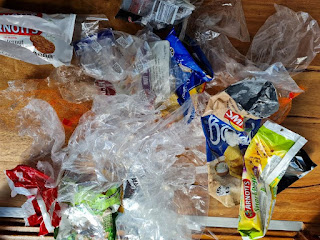Limit Flying

Flying is the area that causes me the most dilemmas in trying to achieve zero emissions. I know that flying causes the most greenhouse gas emissions per km travelled . Flying also causes problems when the emissions are released in the higher altitudes. One way to achieve zero emissions on long distance travel is to not fly at all. However, this is difficult in a country as big as Australia which has a poor rail network. I currently travel outside of Canberra for holidays, visiting family, walking trips and attending music festivals or events. My current goal is to limit the amount of flying I do and explore alternatives to flying. If both my partner and I are travelling together within Australia, we normally use the electric car. This has the lowest greenhouse gas emissions, compared to using trains or flying. Greenhouse gas emissions will arise from using recharging stations that are powered by electricity generated from fossil fuels. Most recharging stations have a goal of being pow




